| Belize |

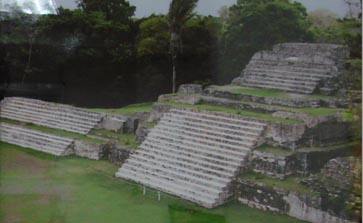
aAltun Ha was an ancient Maya community of great complexity and wealth. Dr. David Pendergast of the Royal Ontario Museum of Canada discovered the priceless jade head of Maya Sun God Kinich Ahau at this site in 1968.

Xunantunich The name Xunantunich is the Maya word for "Maiden of the Rock".
|
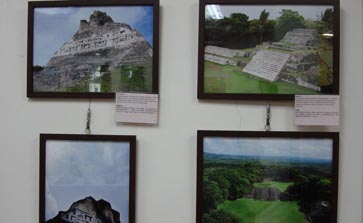
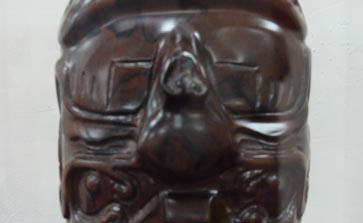
This is the wooden replica of one of the national treasures of Belize: the jade head of Maya Sun God Kinich Ahau. The original piece is the largest carved jade object found in the Maya World.
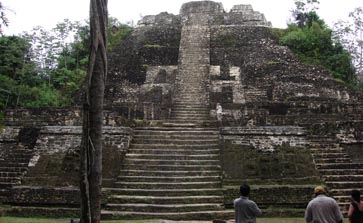
Lamanai The name Lamanai is the Maya word for "Submerged Crocodile", it helps to explain the numerous crocodile motifs at the site. |
| EI Salvador |

|
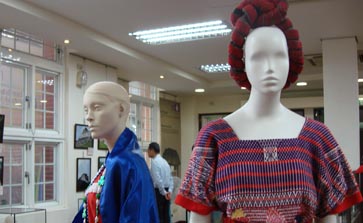
|
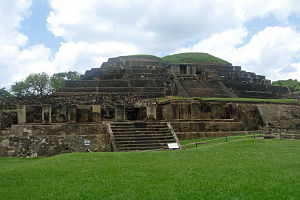
The Maya ruins of Tazumal
(Above file from the Wikimedia Commons/by Mariordo) |
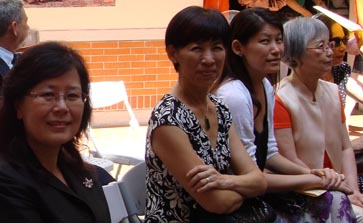 |
 |
| Paintings by El Salvador artist Nicholas Shi |
| Guatemala |
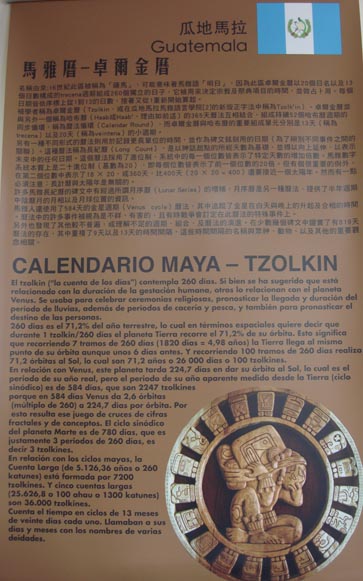

|
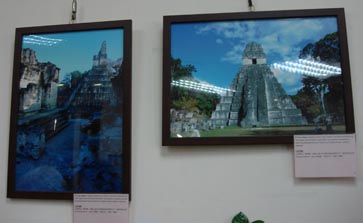
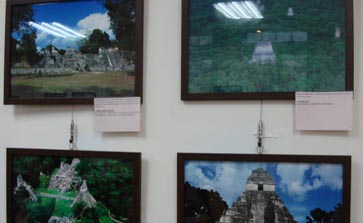
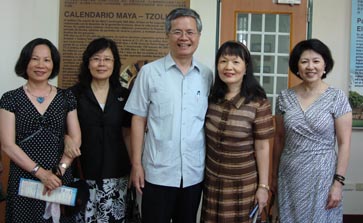
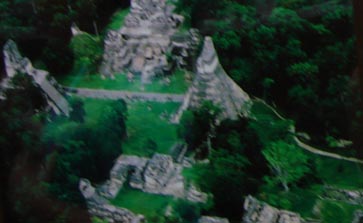
|
| Tikal is one of the largest archaeological sites and urban centres of the pre-Columbian Maya civilization. It is located in the archaeological region of the Peten Basin. The site is part of Guatemala's Tikal National Park , and was declared a UNESCO World Heritage Site in 1979. |
| Honduras |
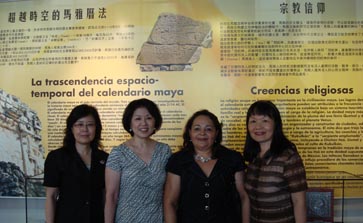

World Heritage Site of Copan
|
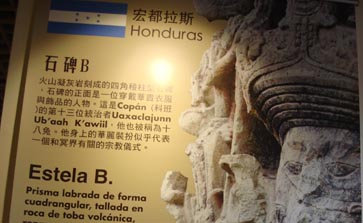
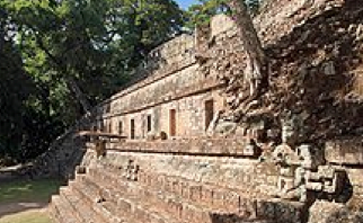
The West Court of Copan |
(above 2 photos are from the Wikimedia Commons/left one by Adalberto Hernandez Vega; right photo byTalk2winik)
|
| Mexico |
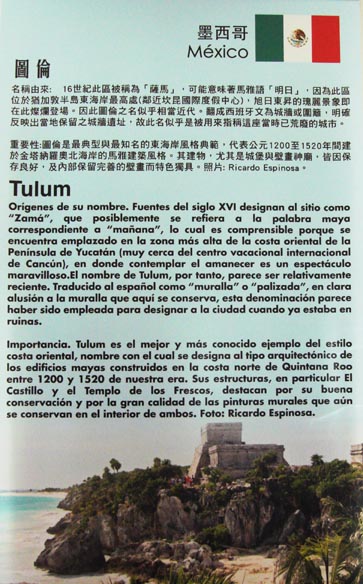
|

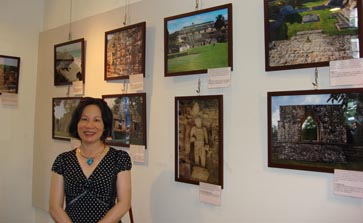
|
Pre-Hispanic City of Chichen Itza – UNESCO World Heritage Site
Chichen Itza was one of the largest Maya cities ever built. The city may have had the most diverse population in the Mayan world. In recent years, it has been chosen as one of the new seven wonders of the world. Today, it is one of the most visited archaeological sites in Mexico; an estimated 1.2 million tourists visit the ruins every year.
The design of the temple has special astronomical significance. Each face of the pyramid has a stairway with 91 steps, which together with the shared step at the top, add up to 365, the number of days in a year. |
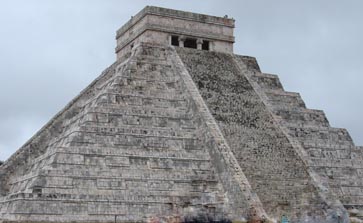 |

The serpent effect demonstrated at night with artificial lighting
(file from the Wikimedia Commons/by Bjorn Christian Torrissen) |